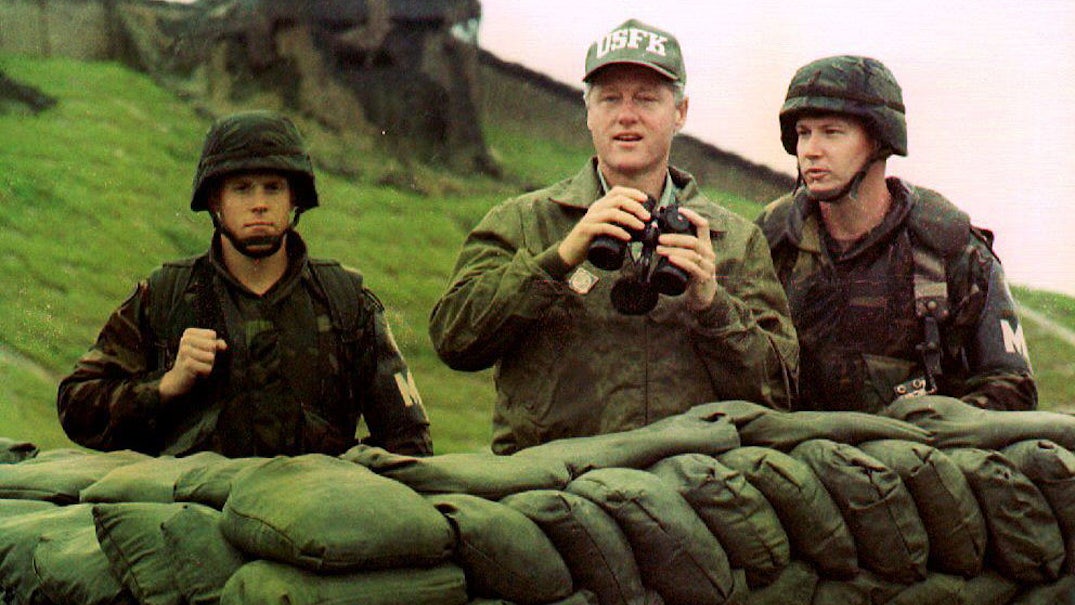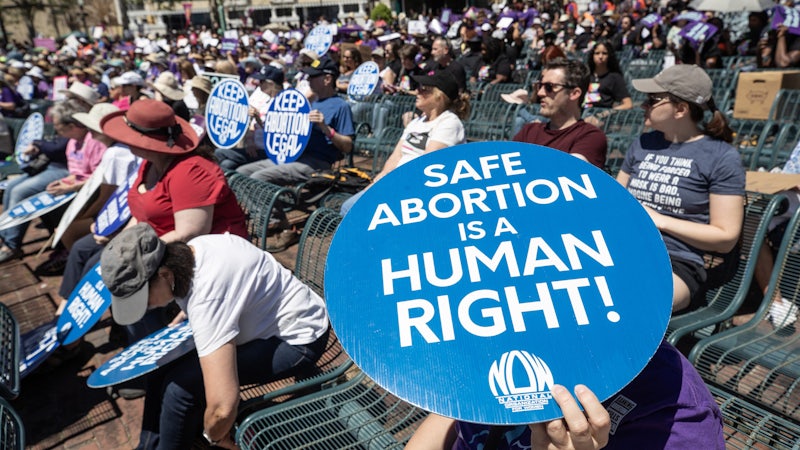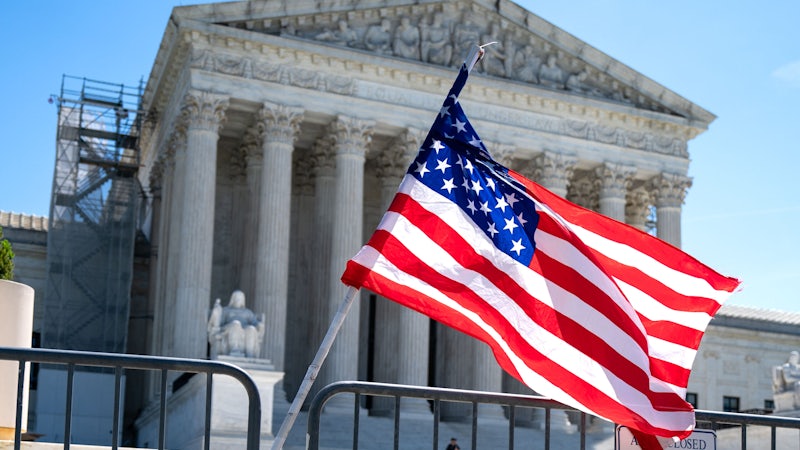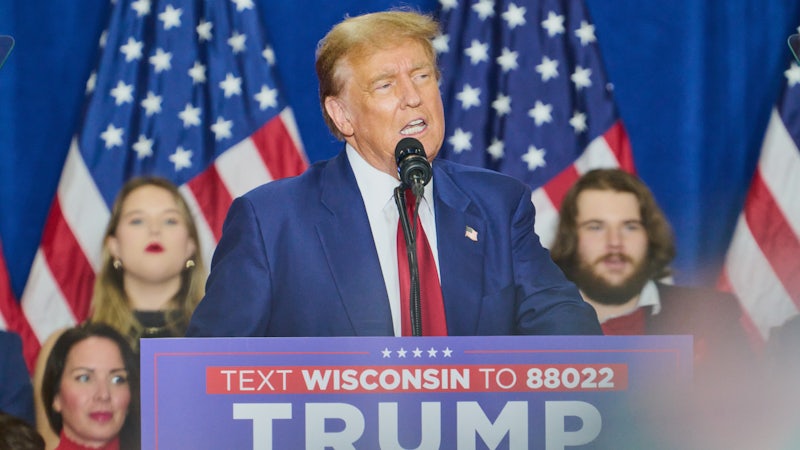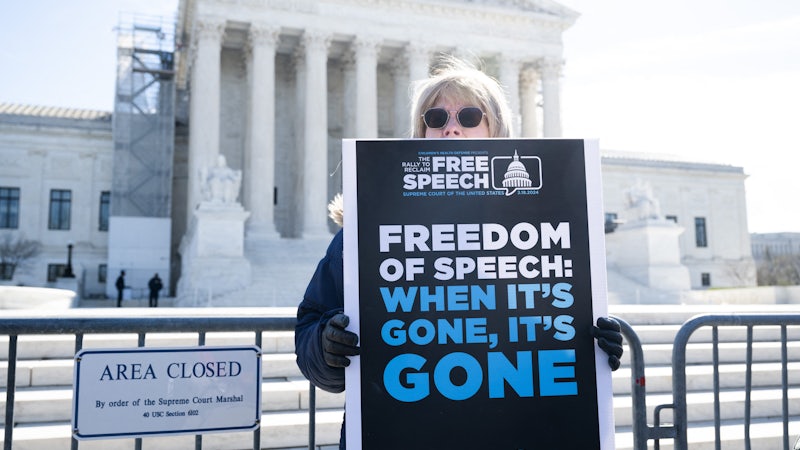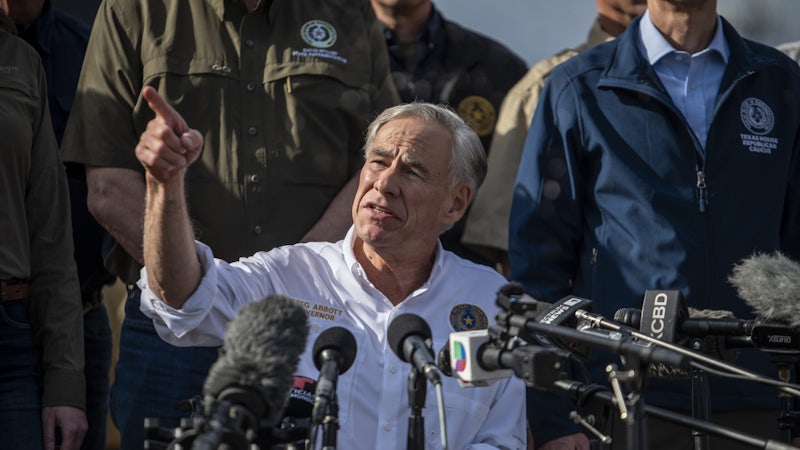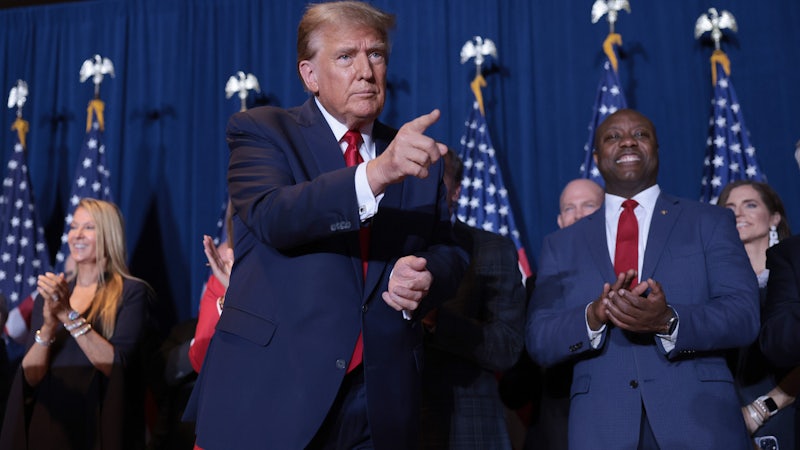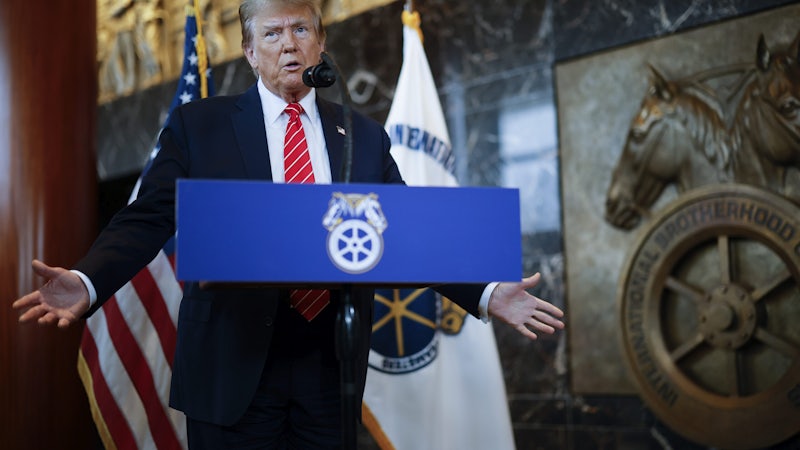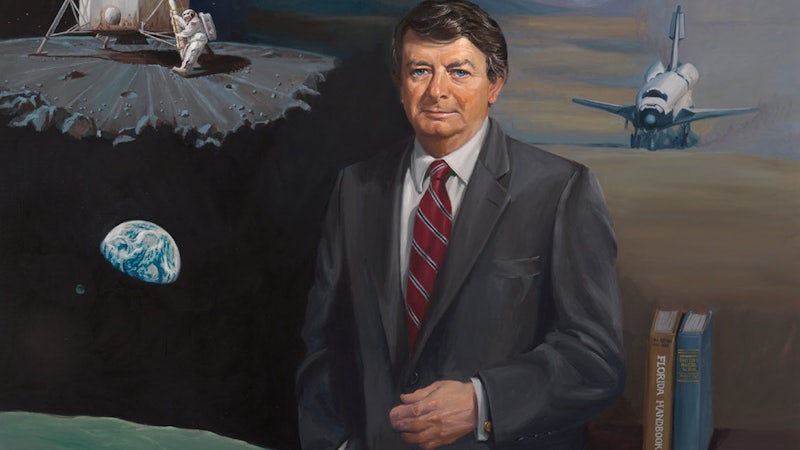President Bill Clinton looks across the Demilitarized Zone into North Korea amid growing nuclear tensions, July 11th, 1993 (Photo Credit: Luke Frazza/Getty Images)
By David Kurlander
During the last week, global media outlets have issued a flurry of contradictory rumors about North Korean dictator Kim Jong-Un. Some have suggested that Kim is braindead, others that he is recovering from a heart procedure, and yet others that he is simply hiding from COVID-19. Whatever the case may be (and it may change by the time you read this), Kim Jong-Un was conspicuously absent from the April 15th Day of the Sun celebration, which honors the birthday of his late grandfather and North Korea’s first leader, Kim Il–Sung. There is a fierce irony to the current crisis being sparked by this birthday party; the conversation around Kim Il–Sung’s death in 1994 contained much of the same panic, international confusion, and high-stakes diplomacy we see today…
In July 1993, President Bill Clinton approached the Demilitarized Zone separating South and North Korea. “I walked out onto the Bridge of No Return, stopping about ten feet from the stripe of white paint dividing the two countries and staring at the young North Korean soldier guarding his side in the last lonely outpost of the Cold War,” Clinton wrote in My Life.
The then-46-year-old Clinton was a toddler when the Communist Kim Il-Sung invaded South Korea in 1950. Over the next four decades, Kim ran North Korea as a closed state, receiving financial assistance from Russia and China. Tensions spiked several times, particularly during the 1968 North Korean seizing of the U.S.S. Pueblo and a surreal 1976 incident in which North Korean soldiers axe-murdered two U.S. soldiers following a DMZ tree-trimming disagreement. Usually, however, North Korea had stayed out of the direct crosshairs of the U.S., made easier by the fact that South Korea was run by a relatively unsympathetic far-right military dictatorship.
That changed in the early 1990s, when the collapse of the Soviet Union, the opening of the Chinese economy, and the democratization of South Korea left the aging Kim isolated and searching for leverage. In early 1993, he triggered the first nuclear crisis of the post-Cold War era when he signaled his intention to withdraw from the Nuclear Non-Proliferation Treaty and began using plutonium at the massive Yongbyon reactor for use in bomb development.
There is a massive amount of historical scholarship on the twelve months of frenetic negotiations that followed, from Clinton’s steely DMZ visit, to his choice to send Patriot missiles to South Korea, to a North Korean representative’s Trumpesque threat to reduce Seoul to “a sea of fire,” to—perhaps most bizarrely—the pivotal diplomatic cameo of President Jimmy Carter.
Carter, expanding upon his Camp David Accords and his Global 2000 study, had grown into an international mediator in his post-presidency, hosting negotiations between warring Ethiopia and Eritrea and traveling to Panama to decry election fraud by dictator Manuel Noriega. Kim Il-Sung had a soft spot for Carter dating back to the former president’s 1976 campaign promises—foiled by the aforementioned axe-murder incident—to withdraw ground troops from South Korea. Kim had even invited Carter to visit in 1990. Carter wanted to go.
Clinton recalled in My Life receiving in early Summer 1994 a “sobering estimate of the staggering losses both sides would suffer if war broke out.” He somewhat reluctantly dispatched Assistant Secretary of State Robert Gallucci to Plains, Georgia to plan a peacekeeping mission with Carter and former First Lady Rosalyn Carter. The Carters crossed into North Korea on June 14, 1994 to ask Kim Il-Sung to drop his aggressive nuclear program and to propose a summit with the U.S. in Geneva. Kim warmly agreed to the conditions on an eight-hour boat ride.
Then, a hiccup. Carter prematurely claimed success in a CNN linkup from Pyongyang and declared that the U.S. would cease pursuing further sanctions. Back home, Clinton—in the dark—tersely contradicted Carter. After three days of embarrassment, however, Clinton received a confirmation letter from Kim.
Kim was suddenly and inexplicably moving toward peace with both the U.S. and South Korea. Upon Carter’s departure, Kim had him convey an invitation to Pyongyang for South Korean president Kim Young-sam. The South Korean leader accepted, setting into motion plans for the first meeting between North and South since 1945. Carter later admitted feeling slighted by Clinton’s lack of faith.
On July 7th, while inspecting a villa on Mount Myohyang for the historic summit with South Korea, the 82-year-old Kim collapsed, dead of a heart attack. Kim’s son, Kim Jong-Il, prepared to perform the first ever hereditary succession in the Communist world. He ordered his father’s death to be kept a secret for 34 hours. Finally, Radio Pyongyang declared: “The Great Heart has stopped beating.” So Godlike was Kim Il-Sung in North Korea that three days of intense mourning—punctuated by reports of widespread suicide—followed. South Korea, wary of the propagandistic scene, did not send a delegation to the funeral.
Kim’s death did not totally sink the positive strides made over the previous month. Kim Jong-Il continued negotiations with the U.S. and the two nations signed “The Agreed Framework” in October 1994. North Koreans signaled a freeze on all nuclear weapons development and the U.S. helped them build efficient reactors that could not be used for bombs.
It is hard to say what would have happened had Kim Il-Sung survived to host South Korea. It’s also difficult to glean the long-term significance of Carter and Clinton’s diplomacy; the Agreed Framework is long gone and more recent engagements with the North Korean leadership have left a decided air of ambiguity. But as we await news on Kim Jong-Un, the sheer stakes of 1994 should be a sobering reminder of how much may hang in the balance.
The Carter trip is covered in far greater detail in Marion V. Creekmore Jr.’s A Moment of Crisis. Both Barbara Demick’s Nothing to Envy and Bradley K. Martin’s Under the Loving Care of the Fatherly Leader also provide important perspective on the Kim dynasty and were central sources in this piece.
The Time Machine Archive
Catch up on the Time Machine’s deep dives into history offering context to understand our present challenges.












